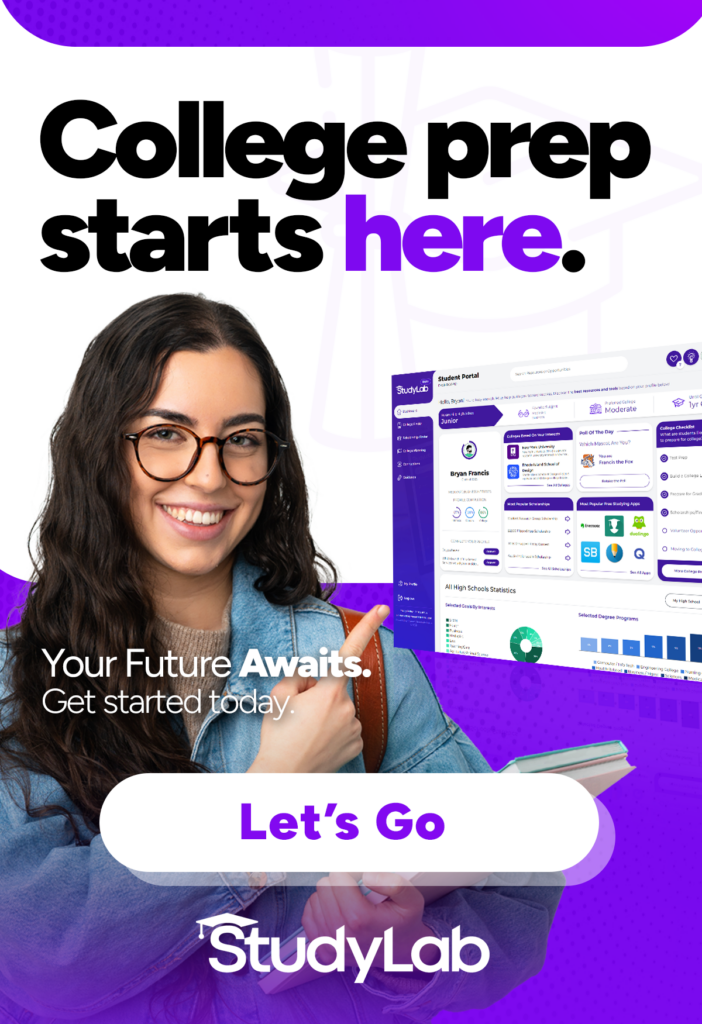Dozens of summer STEM programs are available for high school students. Many are held on college campuses. Some courses are taught by their regular faculty members, others by undergraduate and graduate students.
What subjects can your high schoolers study at these programs? Course offerings vary, but most programs offer courses like these:
- 3D modeling and printing
- App development
- Artificial intelligence
- Coding and software development
- Digital animation and videomaking
- Digital graphics, photography and illustration
- Engineering
- Game design and development
- Music production
- Robotics
Plus, you can find programs that focus specifically on engineering, manufacturing, medicine, and other specialized areas. So much is available. But which summer STEM program should you choose? Here are some considerations and questions to ask.
Keep Expectations Realistic
Remember that attending a summer program will probably not open doors to later admission to the college or university where the program is being held.
Try to Avoid Programs that Offer Courses Your Student Can Take at His or Her Current School
Summer programs are costly, so paying for duplicated courses might not make sense, unless there are advantages like an advanced laboratory setting, the opportunity to work within a particular company or industry, or a chance to work with a noted researcher. Plus, some programs let groups of students work together on interesting and unusual projects in robotics and other fields. If advantages like those are not present at a particular program you are considering, perhaps it is not the best choice for your student.
Pick a Program that Helps Your Student Explore or Expand a Current Area of Interest
If you’ve got a student who is interested in robotics, for example, picking a summer robotics program makes sense, provided it explores the topic in greater depth than courses the student has already taken.
Consider Certificates and Credentials
If a program offers a certificate in AI or programming, for example, such credentials can serve as resume points on college applications.
And Consider “Soft” Extras Too
Certain non-classroom extras can add value to summer STEM programs and are worth factoring in when you are picking a summer program. They can include:
- A foreign or appealing location that provides an opportunity to learn or a better experience
- The presence of international students
- Extra programs such as sports, sailing, or excursions
- A college-like living experience, like living with a roommate or in a residential suite
- Appealing nearby hotels and experiences for families that are visiting students who are attending the programs
Also consider the convenience, cost and ease of transportation to and from the program. And if your student has not traveled alone internationally in the past, opting for a domestic program might make more sense.
To Learn More about STEM Programs and STEM Career Options
We invite all students to explore their career options by participating in our career and college research studies. Students who complete the free career test for high school students will receive information on college and career opportunities matched to their interests.
Related Posts
Summer Activities that Provide the Highest Value for High School Students
How Are Gen Z High School Students Thinking About Careers Today?
What Influences Student Career Choices?
New Research on Hispanic Students Considering STEM Careers
How Soon Should Students Take Career Tests?

